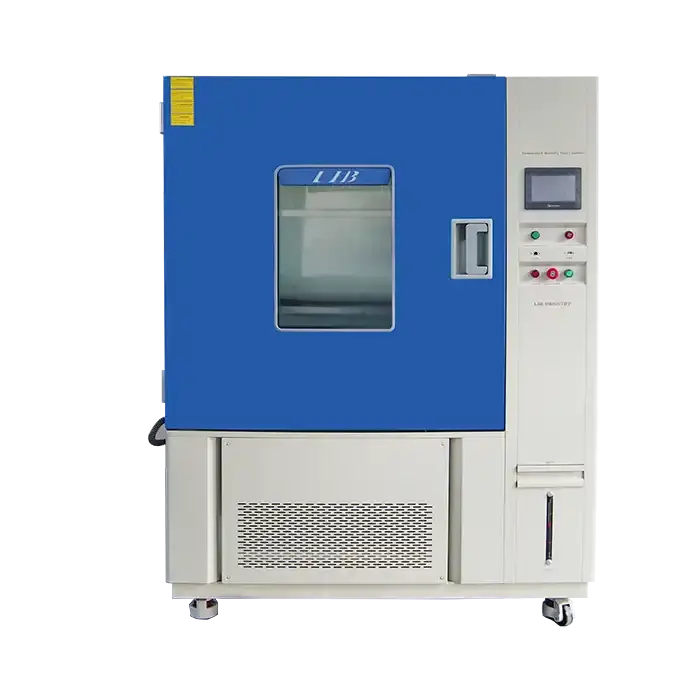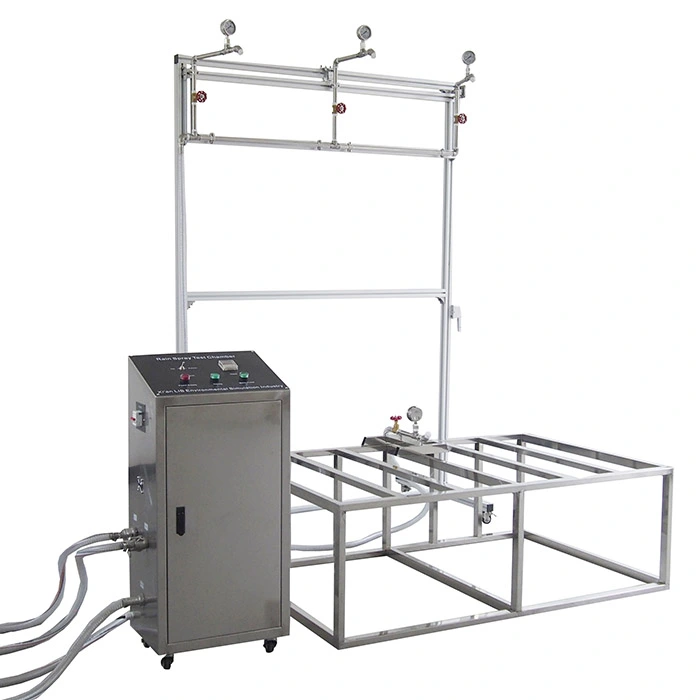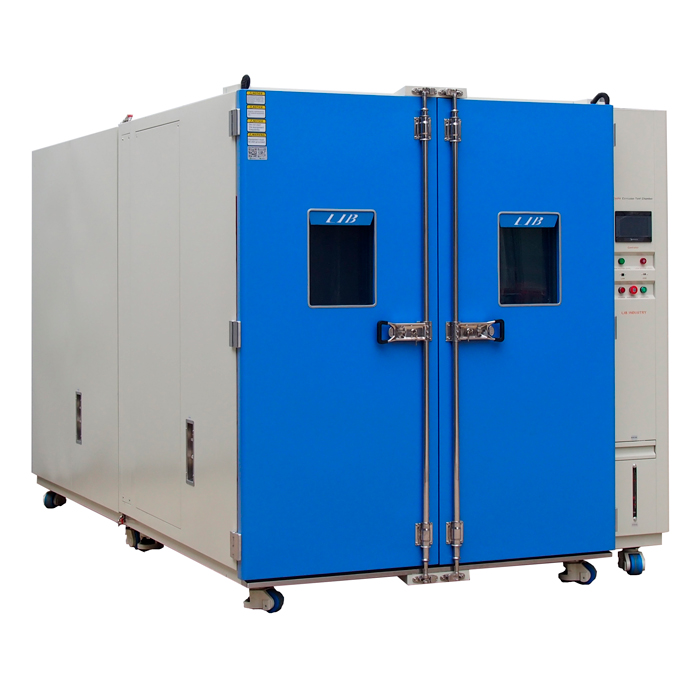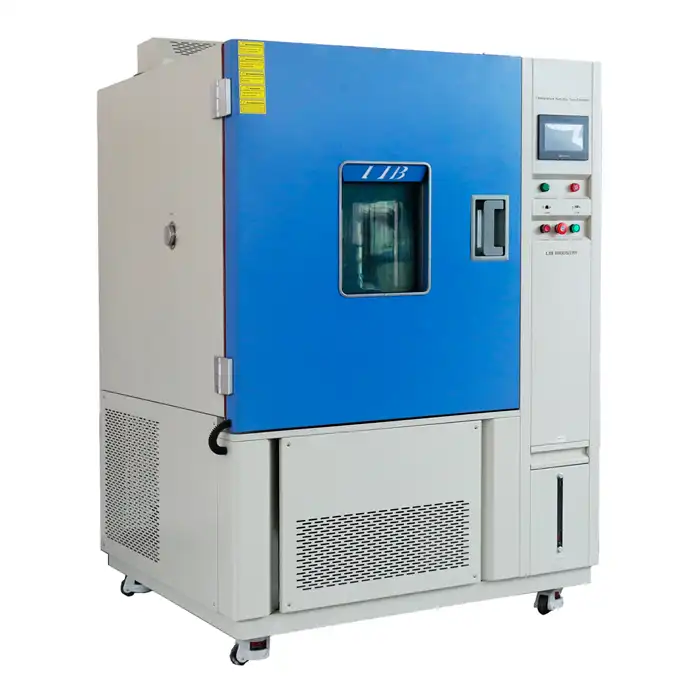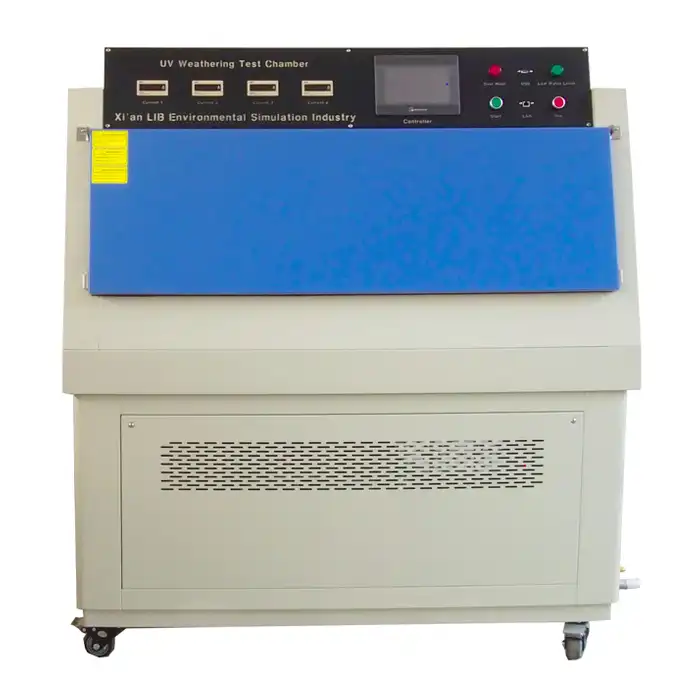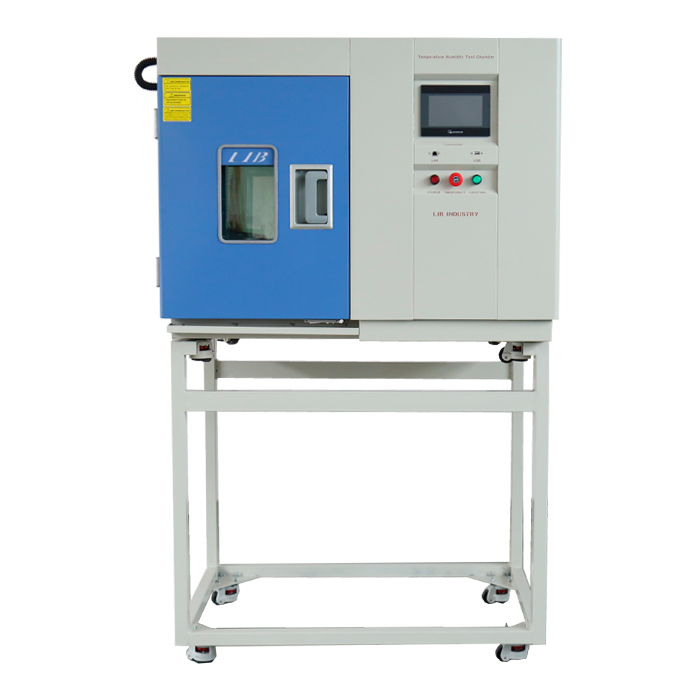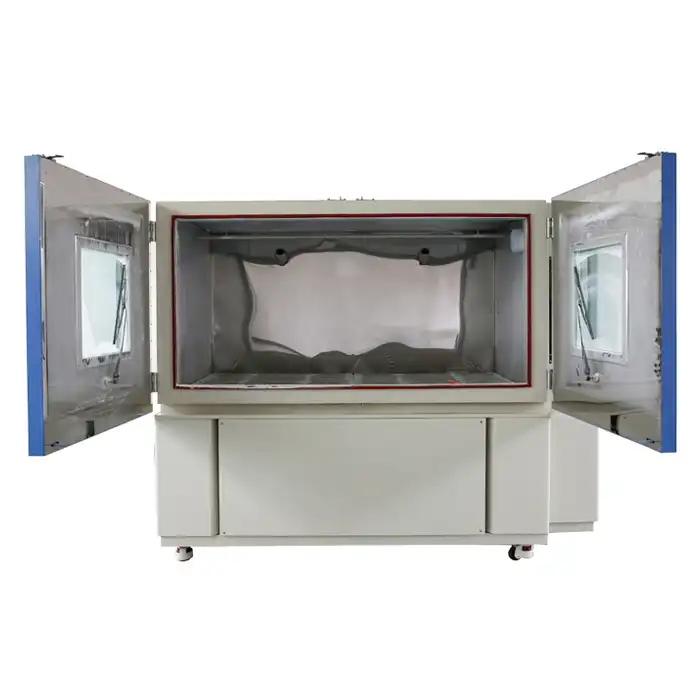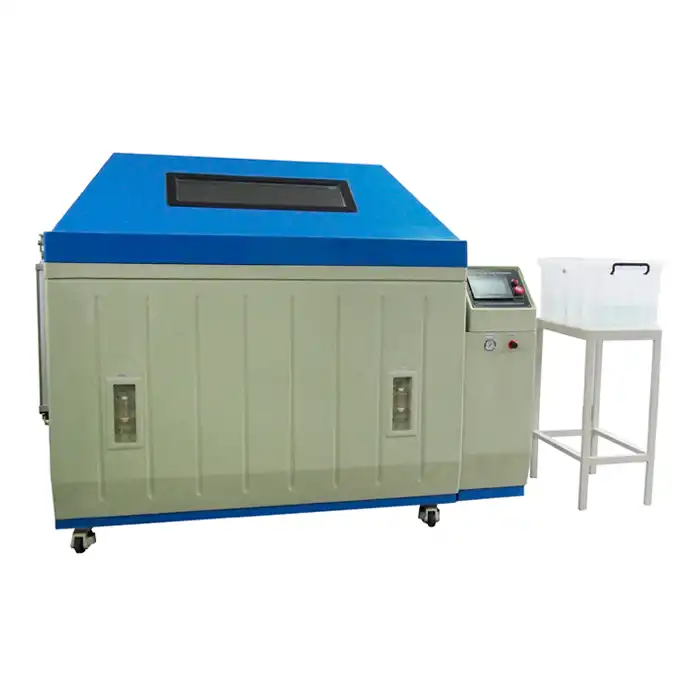how to do temperature and humidity chamber test?
Conducting precise temperature and humidity chamber tests is crucial in various industries, ensuring product reliability and performance under controlled environmental conditions. Whether you're new to testing or looking to refine your process, understanding the fundamentals can greatly enhance the effectiveness of your testing procedures. Leading exact temperature and moistness chamber tests is essential across different enterprises, ensuring the unwavering quality and execution of items under controlled ecological circumstances. Whether you're new to testing or refining your interaction, getting a handle on the basics can fundamentally improve the viability of your testing techniques.
The controlled climate gave by these chambers permits to thorough assessment of how items respond to temperature and moistness varieties. This is pivotal for guaranteeing consistency in item execution across various functional situations and natural circumstances. Understanding the basics includes dominating the boundaries that impact testing results, for example, temperature range, mugginess levels, and the term of openness. Each component assumes a basic part in reproducing true circumstances precisely and getting significant bits of knowledge from test results.
In addition, laying out clear testing conventions custom fitted to your industry's necessities guarantees deliberate and dependable testing strategies. This approach upgrades item advancement as well as supports quality confirmation endeavors by recognizing possible shortcomings or regions for development from the get-go all the while. By focusing on accuracy and consistency in temperature and moistness chamber tests, enterprises can maintain norms of greatness, advance certainly, and convey items that meet or surpass client assumptions.
Understanding Temperature and Humidity Chamber Tests
Temperature and humidity chamber tests simulate real-world environmental conditions to assess how products perform under stress. These tests are vital for industries ranging from electronics to pharmaceuticals, helping to predict product durability, reliability, and potential failure points. Temperature and dampness chamber tests recreate certifiable ecological circumstances to assess how items perform under pressure, making them imperative across ventures from gadgets to drugs. Before products reach consumers, these tests are essential for predicting product durability, dependability, and locating potential failure points.
In hardware, for example, parts should work dependably across many temperatures and mugginess levels to guarantee execution under different functional circumstances. Chamber tests permit producers to evaluate electronic gadgets' versatility to warm cycling, stickiness changes, and other ecological burdens that could affect their usefulness. Essentially, in drugs, it is basic to keep up with item dependability and viability. Pharmaceutical companies use temperature, and it tests to see how drugs and vaccines handle different environments during storage and transport. This guarantees that items stay compelling and alright for use all through their timeframe of realistic usability.
By exposing items to controlled pressure conditions, these tests give important experiences into their exhibition and life span. They assist makers with recognizing configuration defects, shortcomings in materials, or lacking assembling processes that could prompt item disappointments or reviews.At last, leading temperature and mugginess chamber tests empowers ventures to upgrade item quality, limit dangers, and satisfy administrative guidelines with certainty. Companies can effectively innovate, provide dependable products, and maintain a competitive advantage in their respective markets by simulating realistic environmental conditions.
Key Steps in Conducting Temperature and Humidity Chamber Tests
1. Preparation and Setup
Before initiating the test, thorough preparation is essential:
- Selecting the Chamber: Choose a chamber that meets your specific testing requirements, considering factors like size, temperature range, humidity control, and accuracy.
- Calibration: Ensure the chamber is calibrated according to industry standards to maintain accuracy throughout the test.
- Specimen Placement: Properly place specimens inside the chamber, ensuring adequate spacing and avoiding obstruction of sensors.
2. Programming Test Parameters
Setting precise test parameters is critical for obtaining meaningful results:
- Temperature Cycling: Define temperature ranges and cycling patterns based on your product's operational specifications.
- Humidity Control: Establish humidity levels that mimic real-world conditions relevant to your product's intended use.
- Duration: Determine the duration of the test based on industry standards or specific product requirements.
3. Monitoring and Data Collection
During the test, continuous monitoring and data collection ensure reliability and accuracy:
- Sensor Placement: Position sensors strategically to capture temperature and humidity variations across the chamber.
- Data Logging: Utilize advanced data logging systems to record and analyze test parameters over time.
- Alert Systems: Implement alerts for out-of-spec conditions to mitigate risks and ensure test integrity.
Benefits of Temperature and Humidity Chamber Testing
Conducting these tests offers several advantages:
- Quality Assurance: Identify potential product weaknesses early in the development phase, reducing costly recalls and warranty claims.
- Compliance: Meet regulatory requirements and industry standards by demonstrating product reliability under controlled conditions.
- Improvement Opportunities: Use test results to refine product designs and enhance overall performance.
Conclusion
Mastering temperature, and it's testing requires careful planning, precise execution, and thorough analysis of results. By following these steps and leveraging advanced testing technologies, businesses can achieve greater confidence in their product's performance and durability. Dominating temperature and moistness chamber testing requests cautious preparation, exact execution, and exhaustive examination of results to guarantee solid appraisals of item execution and strength. By following these means and outfitting progressed testing advances, organizations can accomplish more prominent trust in their items:Characterize Testing Targets: Outline your testing's objectives and parameters in detail. Distinguish the particular temperature ranges, moistness levels, and length of openings pertinent to your item and industry principles. Select the Right Chamber: Pick a chamber that meets your testing prerequisites as far as size, temperature range, stickiness control capacities, and other significant highlights. Consider whether customization choices are expected to oblige explicit test situations.
Foster Test Conventions: Lay out itemized testing conventions that frame methods for arrangement, activity, observing, and information assortment. Guarantee conventions stick to industry norms and administrative prerequisites. Execute Tests with Accuracy: Direct tests with careful meticulousness, keeping up with consistency in natural circumstances all through each test cycle. Screen and record boundaries precisely to catch significant information. Analyze the Findings In-Depth: Break down test results completely to draw significant experiences. Find any anomalies or weaknesses in the product's performance under various stress conditions, and then compare your findings to the design specifications. Emphasize and move along: Refine product designs, manufacturing procedures, or material selections based on testing findings. Improve product dependability and durability by making changes based on the insights you've gained.
Use Trend setting innovations: To improve testing accuracy, efficiency, and reproducibility, make use of cutting-edge testing technologies like simulation software, automated data logging, and remote monitoring. By following these means, organizations can upgrade their capacity to foresee and further develop item execution under genuine circumstances. This deliberate way to deal with temperature and dampness chamber testing encourages advancement, mitigates dangers, and supports the conveyance of great items that meet client assumptions and administrative guidelines.
For more information on temperature humidity test chambers and advanced testing solutions, feel free to reach out to us at [Contact Information].



